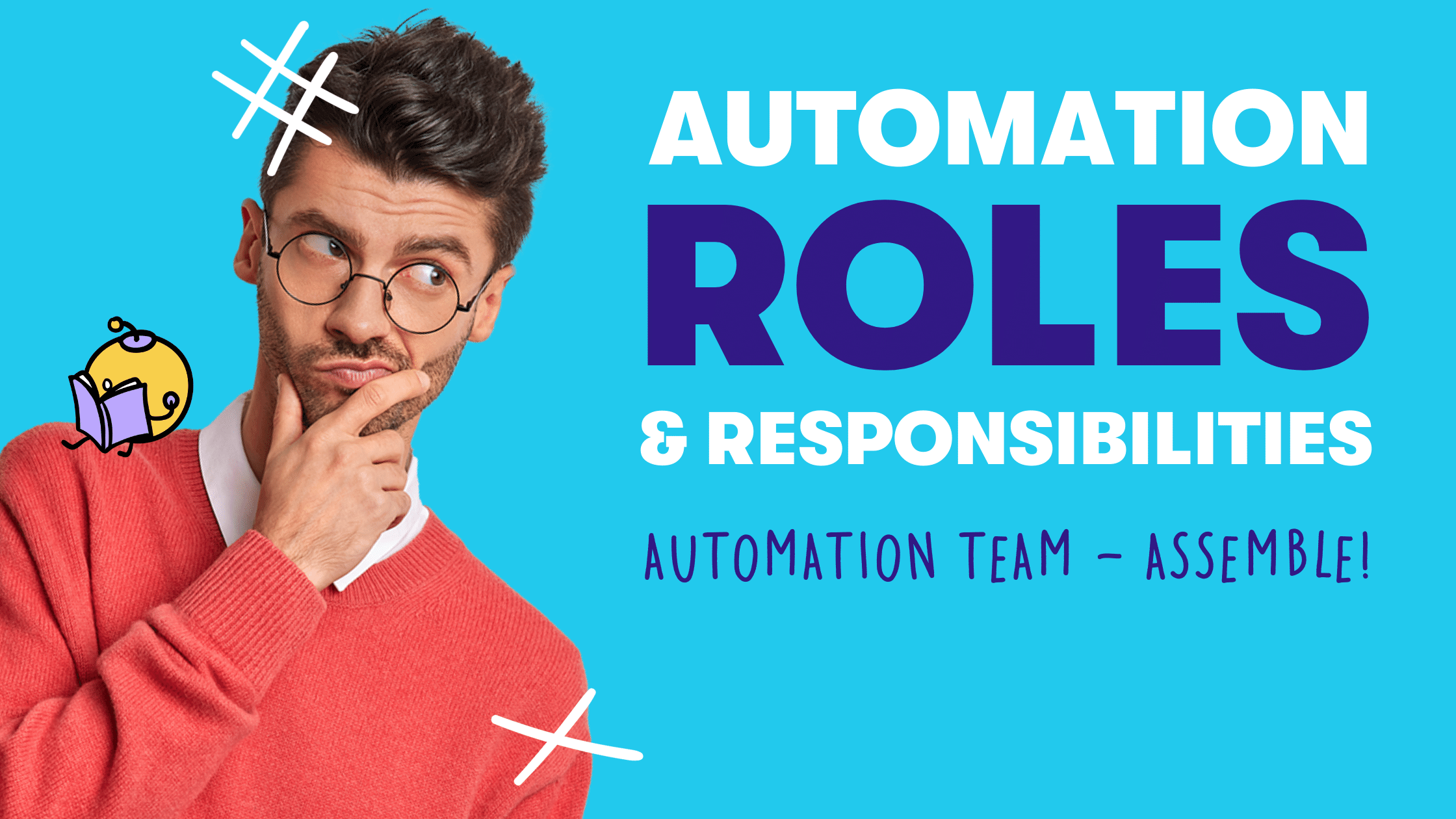Every start-up is great, as it usually consists of extremely creative and intelligent people, bringing innovative ideas and amazing energy to the team. Some of the ideas bourn in many startups can change the world. It’s a cliche, but it’s true. There’s just one small issue: The lack of setup and automation of business processes.
Unfortunately, many startups fail to make their ideas come to life as there are many obstacles on one such journey. In many cases, it’s just the poor organization of the startup that halts progress. Startup CEOs end up doing 70+ hours a week, rarely concentrating on their primary objective and the original reason why they started doing what they do. Instead, they focus on solving minor issues to keep things flowing. This doesn’t apply to CEOs only — every startup member needs to put in a lot of extra work to make it happen.
You’ll agree — this approach puts a stop to the creative process. But is there a way to make it fully functional? The answer is: by setting up and automating your business processes.

What Is A Business Process?
A business process is a series of steps that you need to take to achieve one of the goals in your startup (or business in general). Once you break down the steps, you’ll have a much better overview of what every stakeholder needs to do in order to maximize the outcome. The series of tasks are then determined and assigned to the adequate shareholders.
Think of those tasks as pieces necessary to complete the puzzle and see the whole picture.
Business processes can be divided into three main groups:
- Operational processes — These processes are directly involved in the development and maintenance of your product or servicer. Let’s say you own a pizza place. Your operational processes would include cutting the ingredients, putting them on the dough, baking the pizza, and more.
- Supporting processes — These processes aren’t directly involved in optimizing your outcome, but they are still important for your entire business. They don’t really bring you profit, but they still bring value. For example, you want to keep your pizza place clean and organized to help your customers feel welcome.
- Management processes — These processes help your business thrive and are not related to operations directly. Instead, they make sure everything fits together and focus on planning, organizing, leading, and controlling. In our pizza case, a management process might be researching markets in areas where you can open another pizza place.
Why Is It Important to Have a Perfect and Working Business Process from the Very Beginning
When you’re starting a business, your resources are usually very limited, and deadlines are tight. Therefore, it’s important to come up with detailed processes and maximize the impact in every aspect of your startup. Here are some of the things you’ll improve with well-defined business processes:
- Improving team productivity — Employees are often not 100% productive when they aren’t 100% certain what they’re supposed to do, and this especially applies to startups. With a clearly defined business process, you’ll increase the overall productivity of your employee.
- Quickly training newcomers — Shareholders in startups often need to devote time to training new employees, which means not focusing on their primary job. They often find themselves repeating over and over again. However, with an optimized onboarding process, this could be avoided.
- Getting products faster to the market — It’s often crucial for startups to launch at least an MVP to early adopters, but there are always bugs to fix and other minor issues to deal with, resulting in postponing the launch. But what if you had a process that would prioritize your problems and help you solve the important ones? That’s definitely an interesting idea.
- Improving overall satisfaction of your staff — CEOs and other management often forget about things such as birthdays of staff members, managing their holidays and days off, additional staff expenses, and more. This becomes increasingly difficult as the startup grows and more people join the team. It could be avoided with a clearly defined business process.
Of course, the list doesn’t end here. Working business processes can also help you with improving partnership engagement, increasing visibility, enhancing customer satisfaction rating, improving revenue collection, and much more.
How To Model A Business Process
A branch that focuses on creating and improving business processes is called Business Process Management. Its goal is to help a startup establish a working and efficient process that would help it maximize output and quickly reach its goals.
To create a process, Business Process Managers need to model it first, which means they need to lay out every step, usually using a flowchart to visualize the process better. That way, they can foresee bottlenecks and learn more about the limits of their business process. Ultimately, this helps them define a goal better and further remodel the business process.
Every business process has a lifecycle, which can be briefly described in seven following steps:
- Defining goals
- Planning and mapping the process
- Setting actions and assigning them to stakeholders
- Testing the process
- Implementing the process
- Monitoring the results
Modeling a business process also often requires answering some of the following questions first:
- What should be the result of your business process?
- What tasks need to be performed?
- Who needs to perform those tasks?
- In what order should the tasks be performed?
- How reliable is the process?
- Is it possible to scale the process or develop it further in the future?

Examples of Business Processes
The best way to understand the concept of business process is to take a look at a couple of examples.
Invoice Processes
Let’s take a look at the simplest example — processing invoices. The entire cycle consists of the following steps:
- Receiving the invoice – You need to verify that the goods or services were procured.
- Checking the invoice – You need to determine whether the billed amount matches the amount on the purchase order and approve it if all is well.
- Internal approval – Send the invoice to the right employees to approve it.
- Address the discrepancy – If the amount charged doesn’t match the amount in the PO, you’ll have to resolve this issue.
- Establishing a remittance date – Set the payment date based on the agreed terms.
- Pay the invoice
- Record it in your ledger
Employee Onboarding Process
Imagine you need to help a new employee get started with your business. It’s not an easy task, and it often involves several departments. Here’s how a standard employee onboarding process looks like from a perspective of the HR team:
- Create a new offer for the employee
- Schedule a call if necessary
- Plan out the waiting period
- Welcome the new employee on their first day
- Coordinate the new employee with other departments
- Train the new employee
- Introduce continuous feedback
Check out our blog article on how to automate the employee onboarding process with iPaaS here!

Digitization, Optimization and Automation are your Friends
Introducing a new business process is a double-edged sword. You’ll quickly reach your goals but might impose additional work on your employees, who are probably already swamped.
The good news is that your employees don’t have to invest themselves to help you with your business process, thanks to automation.
Almost every business process features at least a couple of monotonous and easy tasks, and that’s where automation can come in to save the day. Instead of distracting other employees, you can just automate some of the tasks with the help of an automation solution. In some cases, automation is combined with artificial intelligence (AI) to make hyperautomation possible and help you automate even more complex tasks.
In the invoice processing example, virtually any task can be completely automated using the right automation solution. Your employees will come in only on Step 4 if any discrepancy occurs, and someone must manually check the problem.
Automation often goes hand-in-hand with digitization, which means converting information required for running a business process into a digital format so that the process itself can be further optimized.
Final Thoughts
To sum up, business processes are essential, especially if you’re a startup struggling to meet the goals (or even clearly define goals, to start with). Once you model a business process, you’ll notice that you might have to put additional strain on your co-workers, so make sure to check out an automation solution that will help you with that and free the co-workers to focus on their primary job.
Feel free to contact us if you’re interested in automation. You can choose Automation as a Service and have us help you model processes, build automation, and even educate your employees on using it. Alternatively, you can select a predefined set of optimized business processes that can be applied to almost every startup to help it thrive.









